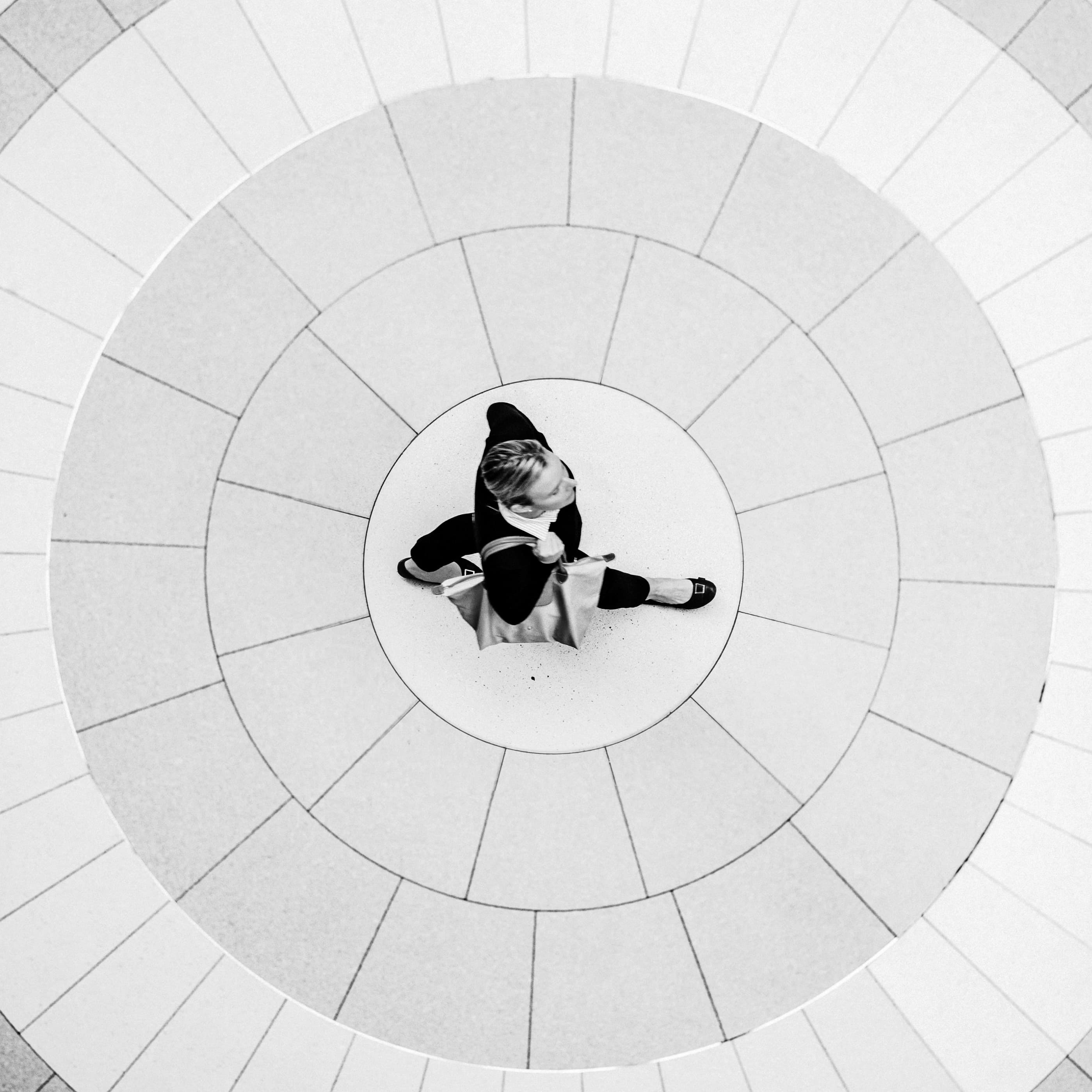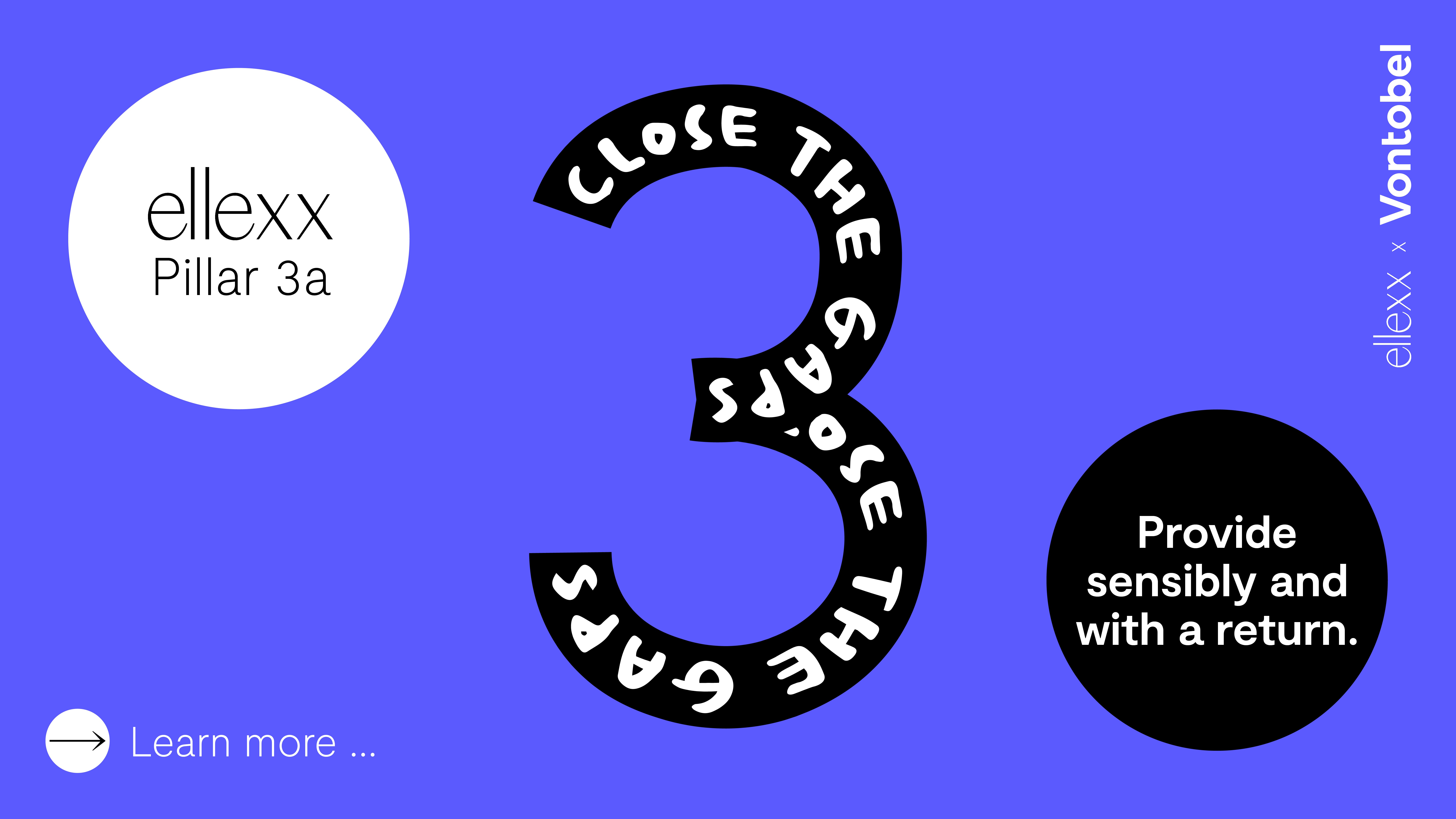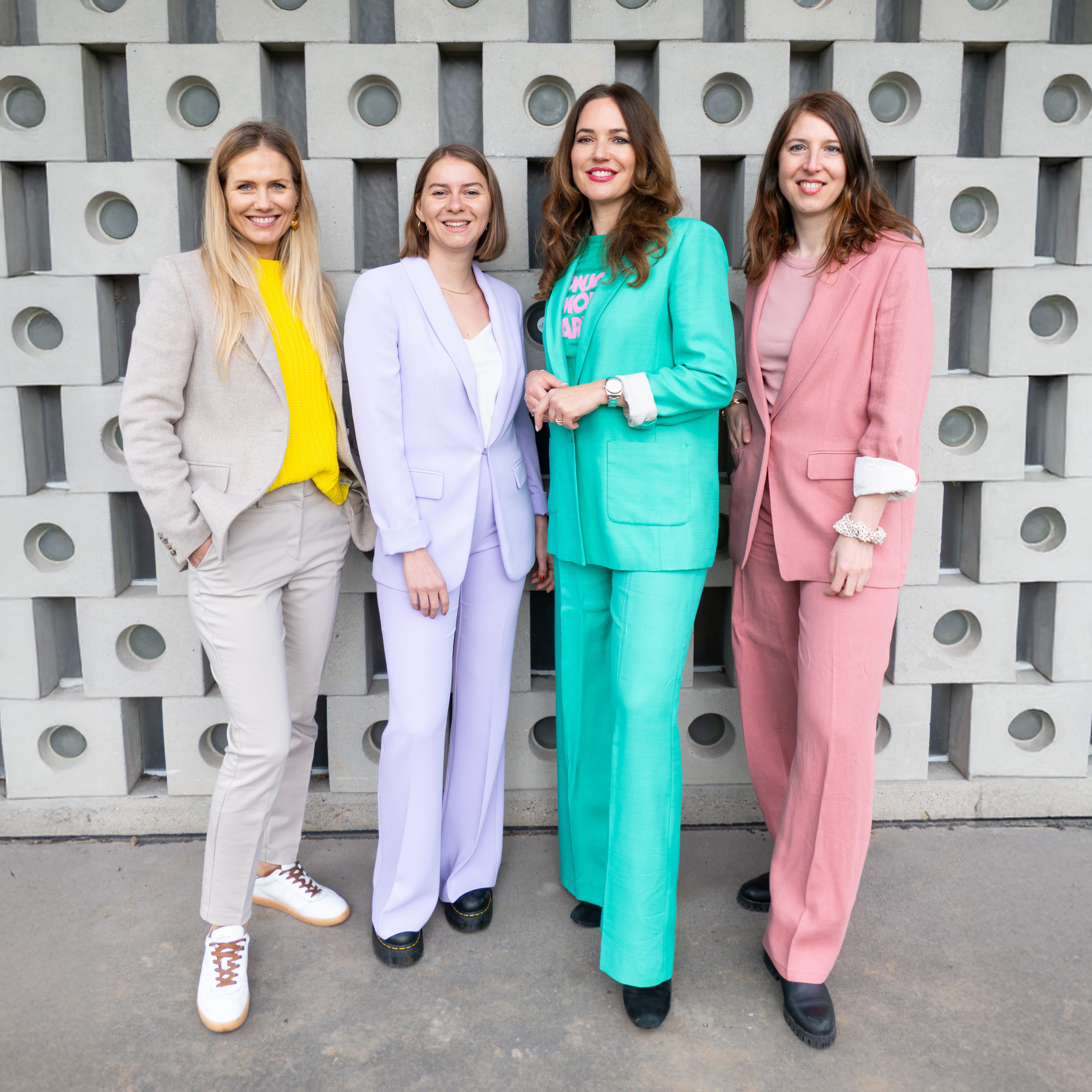How can I make savings for my pension as a woman in Switzerland?
Women in Switzerland receive a third less pension than men – and are twice as likely to be affected by poverty in old age. In this article, you will find out why this is the case and how you can still make savings for yourself as a woman.
Why do women in Switzerland have 30% less pension?
Our 1947 the Swiss pension system did not take women into account: When the Old-age and survivors' insurance (OAVI) was first designed, there was no provision for women to receive a pension at all! The pension system was invented for men who work full-time, have no career breaks and do no unpaid work at home. In the existing pension system, women's biographies are almost completely ignored – even if there had been some adaptions here and then – one thing remains: Our pension system was made by men for men.
How the Swiss pension system works
The Swiss pension system has three pillars: Old Age and Survivors' Insurance (OAVI for short) is the first pillar, pension funds are the second pillar, and then there is private saving via the third pillar. The plan is that anyone who has paid into all three pillars will have no financial worries after retirement. The first pillar is intended to cover the minimum subsistence level. Your employer automatically pays into this pillar as soon as you earn an income subject to OAVI contributions. The second pillar is intended to maintain your current standard of living in old age. Here, you and your employer pay in half – if you are entitled to do so.
Anyone earning less than CHF 1,800 per month is excluded from the pension fund. Low salaries are penalized by the coordination deduction (see additional text). If mothers give up paid work because of small children and no longer work for money, they are excluded from the second and third pillars. If women do unpaid care work and are not married, they even have gaps in their AHV - they are only insured through their partner if they are married. People who do unpaid care work without being contractually insured or married are taking a high risk!
The third pillar is intended as an extra, the icing on the cake, so to speak. All employees have to pay into it themselves - so you are privately responsible for it.
Why the OAVI benefits women
Even though some things have improved since 1947, women in Switzerland are still at a disadvantage when it comes to building up their pension provision due to lower wages, career breaks and unpaid care work. This is particularly true for the second and third pillars. In the first pillar, the OAVI, women receive roughly the same pension as men; they even have a four percent advantage. This is because the OAVI includes childcare and care credits: these are taken into account as notional income during the period in which children and relatives are cared for. The OAVI also redistributes money: from young to old, from rich to poor, from men to women - but only if the two are married: For example, if a woman has not been gainfully employed her entire married life, she will still receive a pension together with her husband.
The problem is access to the pension fund
Access to pension funds is poor: only around half of women in Switzerland have a pension fund at all, compared to three quarters of men. The gender pension gap, i.e. the difference in pensions paid out, is between 60 and 67 percent, depending on the study.
Only a few people have a third pillar: Just over 30 percent of men and only around 15 percent of women. However, men can also save a lot more in the third pillar: They receive twice as much as women. Many people start paying into the third pillar too late - or they cannot afford to do so. In addition, all people who are not gainfully employed are excluded.
Only those who are gainfully employed can build up a second and third pillar; this means that women have a third less pension. They have a different life course: more interruptions, often lower wages and frequently work part-time. All of this reduces their ability to save as much as men. What can you do to make better provision for yourself in the existing system?
Start your pension plan now
In addition to the fact that women have not been given enough thought - something that urgently needs to be resolved politically - many people think far too late about making provisions for their old age. In one study, for example, only 37% of the women surveyed had considered what it would mean for their pension provision if they worked part-time or even quit their job.
This deduction, which takes place in the second pillar, is intended to "coordinate" the AHV and pension fund. CHF 25,725 per year of your salary is already insured in the first pillar. What does this mean? In order not to insure this portion of the salary a second time in the second pillar, this amount is deducted or "coordinated" from the gross salary when calculating the insured salary. Example calculation: With a gross annual income of CHF 60,000, your insured income in the second pillar is still CHF 34,275 after the coordination deduction of CHF 25,725. This fixed coordination deduction is critical for low incomes: It reduces the amount paid into the pension fund. For salaries that are only just above the entry threshold for the pension fund, the full coordination deduction is not deducted. The insured salary is therefore currently at least CHF 3,675. Around half of Swiss pension funds apply the coordination deduction - however, some employers stipulate that the coordination deduction for part-time salaries is waived or adjusted as a percentage. It's best to ask!
How can you protect yourself for retirement age?
Women are best protected if they have been employed for at least 60 to 70 percent of their working life. Breaks in employment are therefore perfectly acceptable. If they have children, marriage in Switzerland is still a good legal safeguard – in the event of a divorce, they receive pension equalization. This means that the wife is entitled to half of the ex-partner's pension savings. However, you can no longer rely on maintenance payments for the rest of your life after a divorce. Your financial independence is therefore an important part of your pension provision: even if the pension assets are divided, you must continue to pay in after a divorce – and this is not possible without a paid job.
Especially if you work part-time, give up work temporarily or completely for unpaid care work or have children and are not employed, you should protect yourself. This protection can either be a marriage, a cohabitation agreement or private compensation payments by the partner. It is also important that you build up assets outside of the state pension system by investing your money: in your business, in real estate and in the markets.





